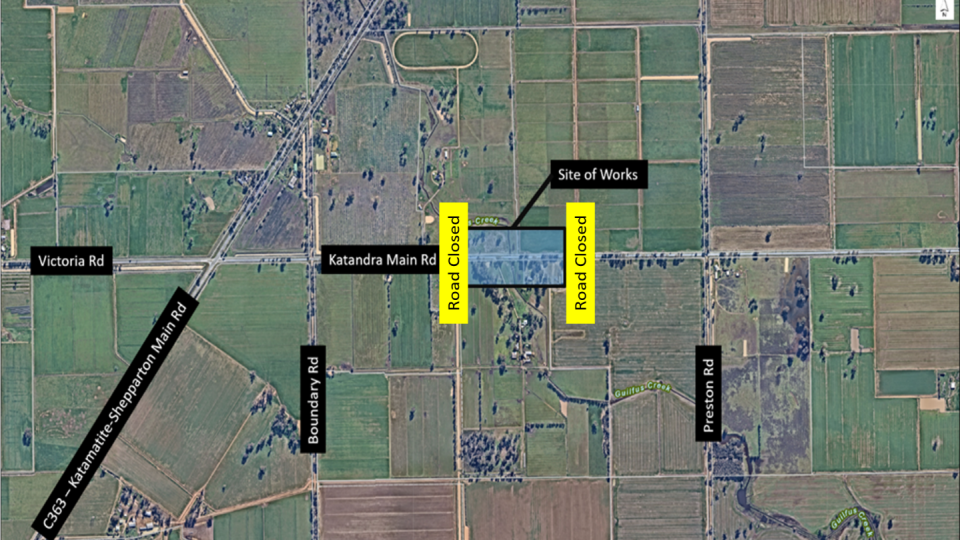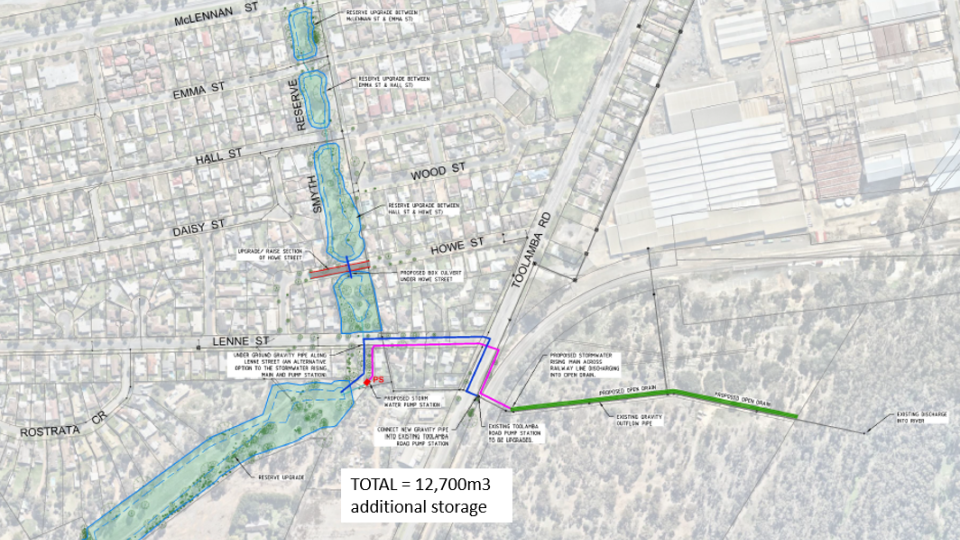All areas of the Goulburn Murray Valley (GMV) should be on high alert for fruit fly activity and take action to minimise the impact of the pest.
Goulburn Murray Valley Regional Fruit Fly Coordinator Ross Abberfield said action now by home gardeners and property owners was critical to help reduce the spread of Queensland fruit fly (Qfly) to commercial crops later in the season.
“La Niña and the summer rain associated with the weather event provides ideal conditions for fruit fly numbers to expand rapidly,” Mr Abberfield said.
“Action now is key to disrupting the multiplying effect which typically occurs at this time of year, with a larger than normal influx anticipated due to the high humidity we are experiencing. This La Nina event may last from one to eight years, so it’s critical to stay focussed on fruit fly and protect the GMV economy,” he said.
The GMV regional trapping grid has identified that the majority of current fruit fly activity is centred around urban townships across the region, with fruit fly typically spreading to rural areas where commercial orchards are found in summer and autumn.
“Anyone with a fruit tree or home vegetable patch is asked to help protect against fruit fly by inspecting their fruit regularly for sting marks, picking up fallen and rotten fruit and protecting fruit with netting, traps and bait spray,” Mr Abberfield said.
Extra vigilance is required in a La Niña event as the weather pattern results in more rainfall along with increased soil moisture and humidity which increase micro bacterial growth, creating another protein food source for the female Qfly.
“If not managed, this will contribute to increased fruit fly numbers and lead to population bursts across the region over coming weeks, which then result in new generations of fruit fly and the spread further afield,” Mr Abberfield said.
By creating awareness, education and engagement in the community, industry and government, the GMV Fruit Fly Area Wide Management Program has achieved a 60 per cent reduction in fruit fly pressure across the region. It is essential that this current level of engagement continues throughout the 2021 fruit season with action now critical in limiting the spread of fruit fly and protecting horticulture outputs.
In the previous six months, the project has removed over 3,000 unmanaged fruit trees at no cost to the landholders. Fruit Fly information packs are available from your local council and contain tree removal application forms.
“Simple prevention and control measures such as picking fruit early and using traps, either home made or purchased from a nursery or hardware store, to monitor for fruit fly can be carried out by anyone in the community and makes it harder for fruit fly to take hold and wreak havoc,” Mr Abberfield said.
The Goulburn Murray Valley Regional Fruit Fly Project is funded by the Victorian Government Fruit Fly Regional Grants Program.
For more information on fruit fly prevention and control visit www.fruitflycontrol.com.au











